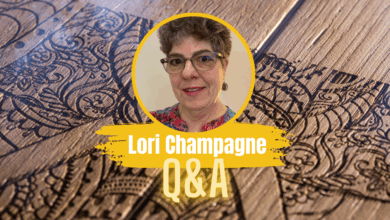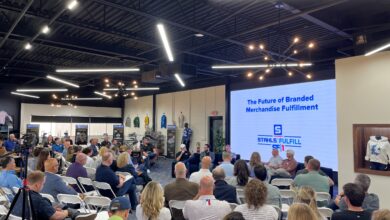The use of 3-D fiber lasers that use galvos/scanners are on the rise because they are faster and more efficient in marking on curves. For example, when marking on a stainless-steel tumbler, traditional methods for marking on curves require that the operator mount the tumbler on a rotary device, and then after the laser makes an engraving pass, the tumbler is rotated a few degrees. The laser makes another pass and the tumbler is again rotated. This continues for many minutes until the marking job is complete.
With a 3-D galvo system, however, the tumbler never moves. There is a Z-axis optic that keeps the laser in focus over the marking cycle. The whole marking cycle takes anywhere from 10 to 30 percent of the time it takes to mark in the traditional way.
The other factor is the fiber laser versus the CO2 laser. In order to mark on metal, CO2 lasers require sprays such as CerMark. Once the marking process is complete, the residual spray needs to be washed and the work piece dried. The fiber laser is already able to mark on metal without using sprays, so that part of the process is eliminated completely. Different shading and types of marks can be created with the fiber laser simply by adjusting the laser parameters. Deep engraving, dark black anneal marking, white marks, and polish marks are all possible in the same job. In other words, multiple colors can be added to different parts of the mark without any additional handling by the operator.
-Allison Brown, Radian Laser



